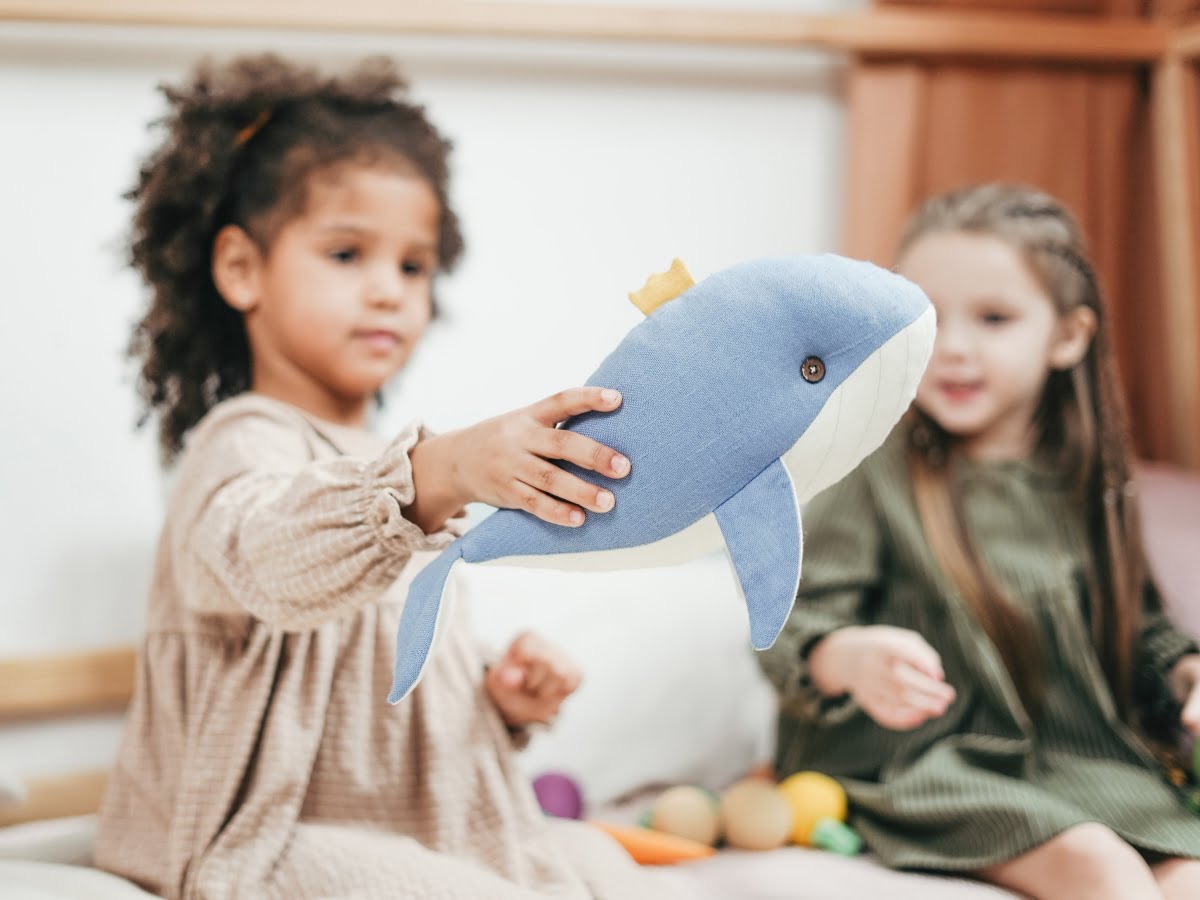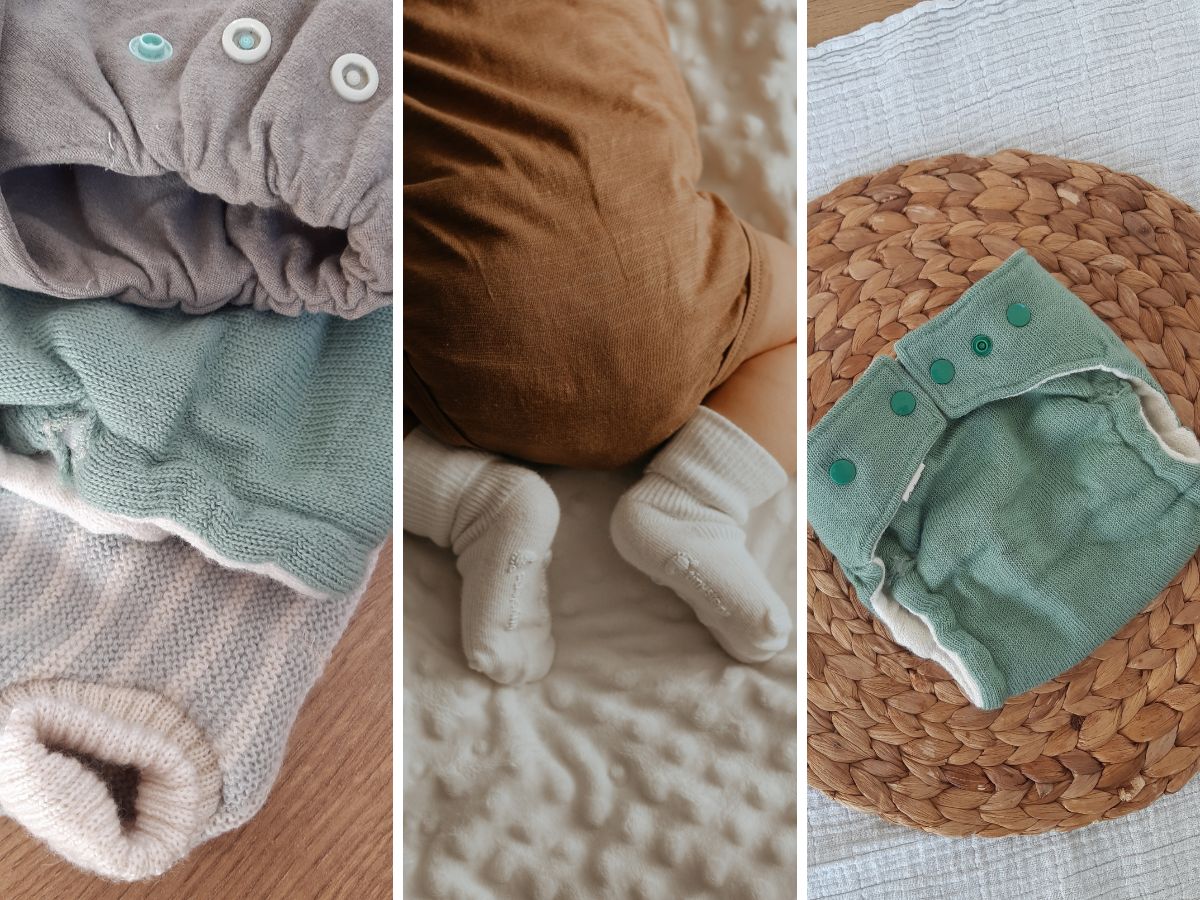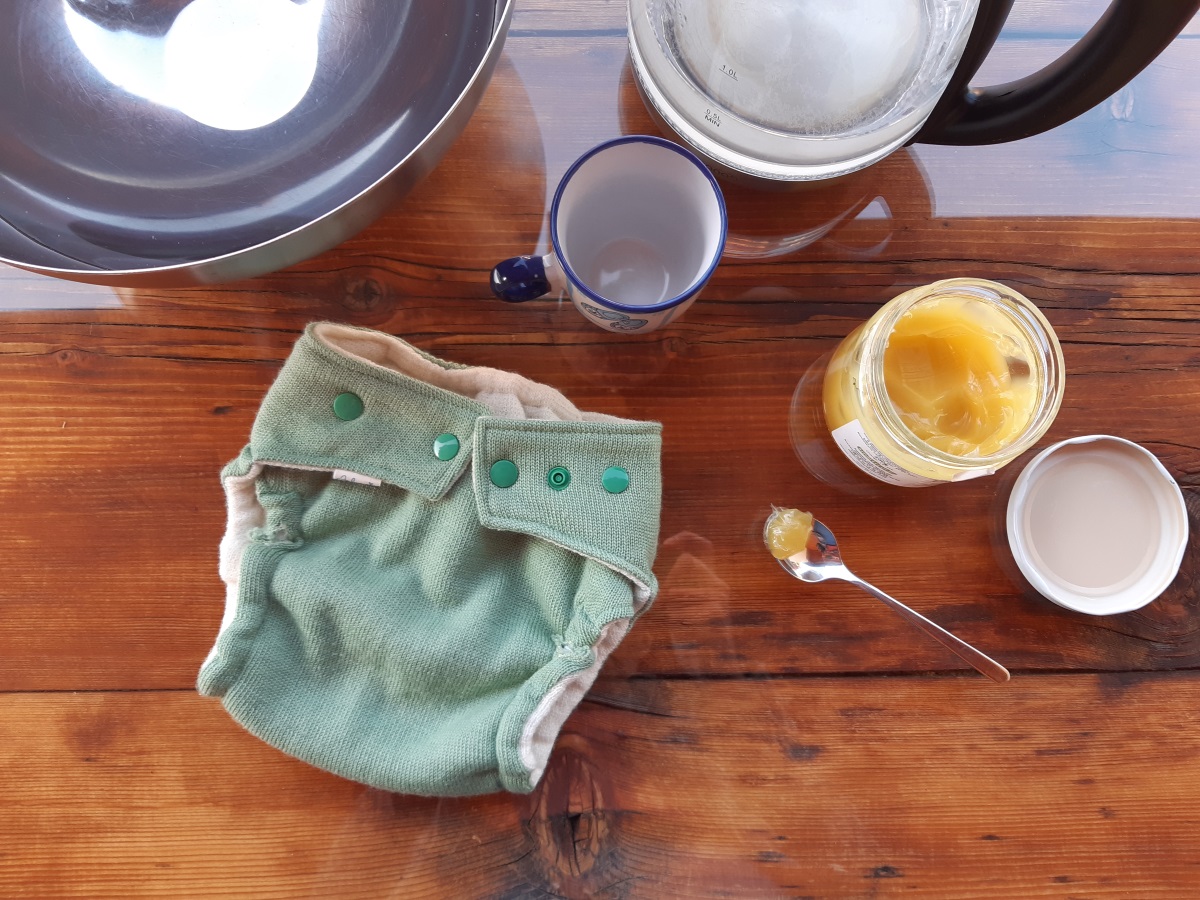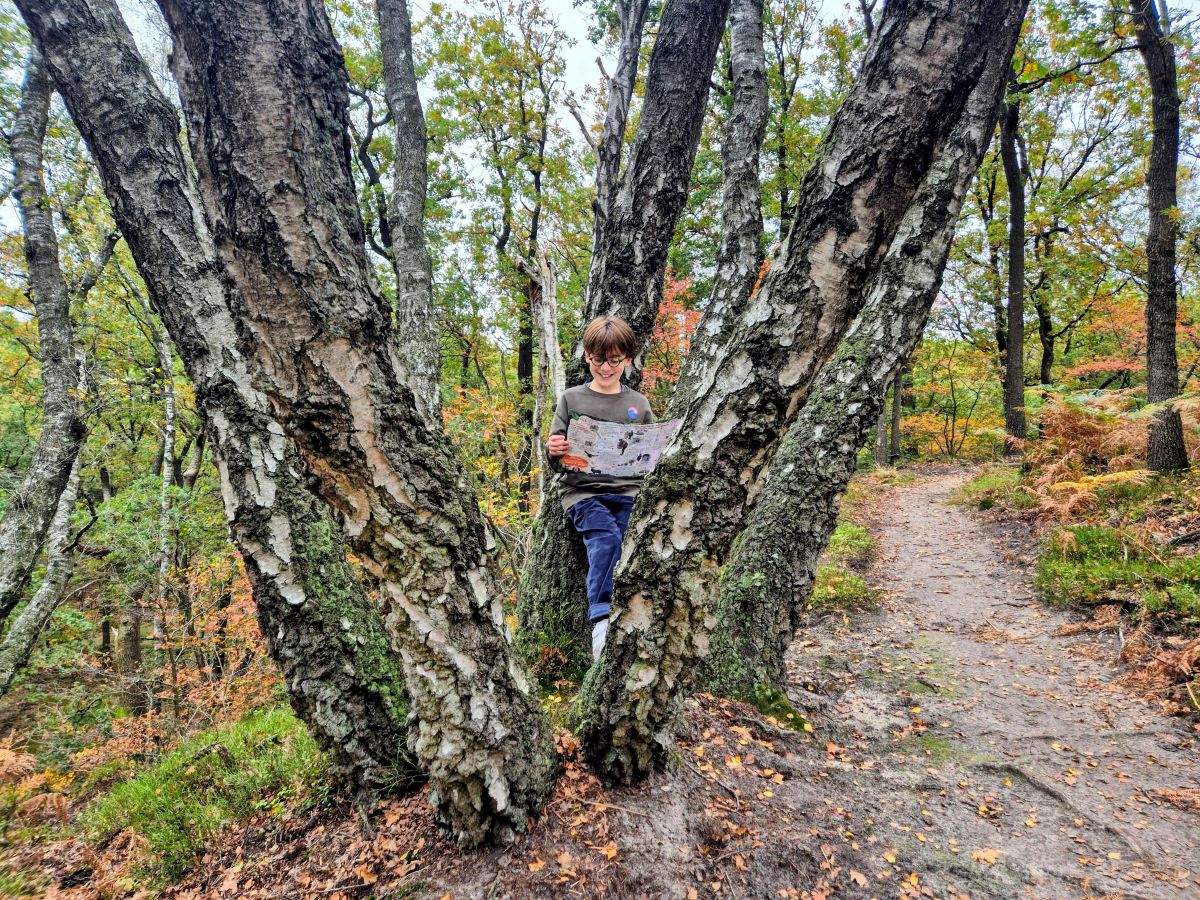Hugs. Who didn't have them as a child? Most children's rooms are full of them. Some children love their favourite cuddly so much that it goes everywhere with them. And for many children, a cuddly toy is indispensable while sleeping. But what environmental impact is behind that cute rabbit or funny penguin? We delved into the world of soft toys. What materials are cuddly toys actually made of and how sustainable are they? Are there any sustainable cuddly toys for sale?
Looking for sustainable soft toys
More and more attention is being paid to the material of our clothes and there are more and more clothing brands using more sustainable materials such as organic cotton, wool, bamboo or Tencel. More and more parents are opting for sustainably produced children's clothes or more sustainable materials. Toys too are increasingly using more sustainable materials, such as wood. But what about soft toys? Many children like to play with soft toys. Some even carry their favourite cuddly toy with them day and night. Unfortunately, most cuddly toys on the market are made of polyester. In other words, plastic. What are the consequences of this for the environment and our health? And are there any sustainable cuddly toys on the market? I went to find out.
What material are soft toys made of?
My daughters are only five and two years old, but they both already have quite a collection of soft toys. A soft toy always does well as a gift. So over the years, we have received quite a few soft toys that my daughters love to play with. Since I like to use as many natural fabrics and materials as possible, I wondered what these soft toys are actually made of. I started reading labels and researching the material of soft toys sold in (online) shops. My conclusion: almost all cuddly toys are made of polyester. As I have been reading more and more lately about the disadvantages of polyester, I wanted to know more about this.


Many soft toys are made of polyester (presumably right), but you also have soft toys made from certified natural fabrics such as organic cotton.
What exactly is polyester?
Polyester is a synthetic material. That is, it is man-made. Polyester is mainly made from petroleum: a fossil resource. There we already have the first problem, because we would like to avoid extracting petroleum. That's not the only thing, because making a polyester textile fibre from petroleum requires a chemical process that is harmful to the environment. And it doesn't stop there either, unfortunately, because polyester is also harmful to the environment during the use phase and the disposal of the product.
Polyester and microplastics
You might not say it when you hold one of those cute cuddly toys in your hand, but polyester fabric releases microplastic particles. These are tiny plastic particles no more than half a centimetre in size, which we usually cannot see with the naked eye. That these microplastics are an environmental problem is becoming increasingly clear. These tiny plastic particles are mainly released during washing and thus end up in our oceans and eventually in our food chain. But microplastics can also be released into the air during use, which then end up in our lungs. So they really are everywhere! Recent studies have even discovered microplastic particles in the human body: microplastics have been found in the blood, in the lungs and even in the placenta of pregnant women. More research is still needed on exactly what effect this has on our health, but in my opinion, it can't be good.
According to Plastic Soup Foundation, 33% of the dust in the home consists of microplastics derived from textiles.
Why is polyester used so much?
Now you might be wondering why polyester is then used so often? Polyester is not only often used for soft toys, but also for other textiles such as clothes, washable nappies, (fleece) blankets, bedding, furniture fabrics and I could go on and on. Why is this material used so often? From polyester you can make a wonderfully soft fabric, it is cheap and lasts a long time. Unfortunately, it lasts a bit too long: it doesn't break down when it ends up in nature. Of course, you don't throw a soft toy into nature, but the microplastics can still end up in nature during washing, during use and after the product has been thrown away. Opinions differ on exactly how long it takes for polyester to fully biodegrade, but most scientists assume it takes centuries.
What do I do with the polyester soft toys I already have?
Before you run straight to the dustbin right now to throw away all the cuddly toys you have in your house, let me give you a little reassurance. Most microplastics are released during washing. Therefore, my first tip is to wash the polyester soft toys you have as little as possible. And if you want to avoid releasing microplastics during use, you might otherwise put the polyester soft toys somewhere on top of a cupboard as decoration. If the soft toys are less in motion, fewer microplastics will also be released into the air.
But if you are looking for a new (or second-hand) soft toy for your own children or as a gift, I would still recommend looking for a more sustainable alternative. Fortunately, there are more and more sustainable soft toys on the market.


A soft toy is a much-chosen maternity gift. Do you have the same idea? Then go for a soft toy made of natural materials like the knitted elephant or the bunny lying next to the baby.
What alternatives are there to durable soft toys?
After delving into polyester, it was clear to me: I want to avoid this material as much as possible. There is already enough plastic in the world and I don't want to contribute more to the plastic soup. Also, being surrounded by polyester stuff cannot be good for our health. So the next time I buy a stuffed toy, I want it to be made of a more sustainable material. (Of course, this also applies to our clothes, bedding and so on). But what then? I went in search of more sustainable alternatives to stuffed toys made of polyester.
Cuddly toys made of recycled polyester
There are more and more products, and also soft toys, coming on the market that are made from recycled polyester or, for example, PET bottles taken from the ocean (which are then made into polyester again). One advantage of recycled polyester is that it does not require new petroleum. But it does not solve the problem of microplastics. Microplastics still come off cuddly toys (and clothing, for instance) made of recycled polyester. It is even said that more microplastics come off recycled polyester because it is less robust. Therefore, this option drops out for me and I do not buy cuddly toys made of recycled polyester. Then I would be even more likely to buy a polyester cuddly toy second-hand.
Sustainable soft toys made of organic cotton
So my search continues. For clothing, there are an increasing number of sustainable materials such as Tencel and Ecovero, but for soft toys, the choice is currently limited to cotton. Because growing cotton can also be polluting for people and the environment, it makes sense to choose organic cotton. And yes, there are cute soft toys on the market made of organic cotton. I list a few for you that I came across during my search:
- This cute cuddly blanket in the shape of a rabbit from Hoppa comes from the Netherlands and is made of 100% organic cotton with a 100% corn fibre filling.
- German brand Senger Naturwelt makes durable soft toys that are meant to last for years. How about this teddy bear made of organic cotton with wool filling? Or this delightful heat pillow in the shape of a goose, made of organic cotton and filled with cherry pits.
- German brand Sigikid has a Green Collection of sustainable soft toys. How sweet is this sheep made of 100% organic cotton and stuffed with sheep's wool?
- Danish brand Konges Sløjd has super cute soft toys such as this little fox made of 100% organic cotton.
- Liewood is also a Danish brand and has cute cuddly blankets made of 100% organic cotton for little ones, but also cool cuddly toys such as this giraffe for older children (the exterior of the giraffe is made of 100% organic cotton, the filling of polyester).
- Or how about this cute cuddly toy for little ones made of organic cotton with a filling of recycled PET from the brand Keptin-Jr?
Making your own cuddly toy
Of course, if you are creative, you can also go ahead and make a soft toy yourself. For example, you can crochet a soft toy yourself. There are plenty of patterns can be found. Make sure you use wool from natural materials, such as organic cotton or sheep's wool, for example. Unfortunately, sheep's wool can hide animal suffering. Therefore, always choose organic sheep's wool that muesling free is. (Mulesing is cutting away, or actually clipping, parts of the skin around the rear of a sheep. This is done to create a wool-free area with less urine and poo stains).
Will you buy sustainable soft toys from now on?
I hope I was able to give you an insight into the environmental impact of soft toys, so that the next time you buy or make a soft toy, you can make a more sustainable choice. Of course, more sustainable soft toys also have an impact. So check out if you can find a sustainable soft toy made of organic cotton second-hand. And if your house is already full of polyester soft toys: try to wash them as little as possible and see if you might be able to use them as decorations.
More sustainable tips from thegreenlist.nl
- Looking for a sustainable baby outfit? Find out here what you really need and what can also be done second-hand.
- Need gift ideas for little ones? Perhaps the list of sustainable birthday gifts for annuals yet inspiration. Or how about the list of sustainable maternity gifts, here are also great gift ideas for growing up.
- Need inspiration for decorating the kids' room? How to furnish your nursery sustainably and cost-consciously.
Sources: The Correspondent and Cosh! about polyester, Plastic Soup Foundation On microplastics from clothing, Plastic Soup Foundation On microplastics in the human body. Photo credits: main image, girl with teddy bear, bear & dog: Cottonbro Studio (Pexels), crocheted elephant: Karolina Grabowska (Pexels), baby with rabbit: Antoni Shkraba (Pexels).












